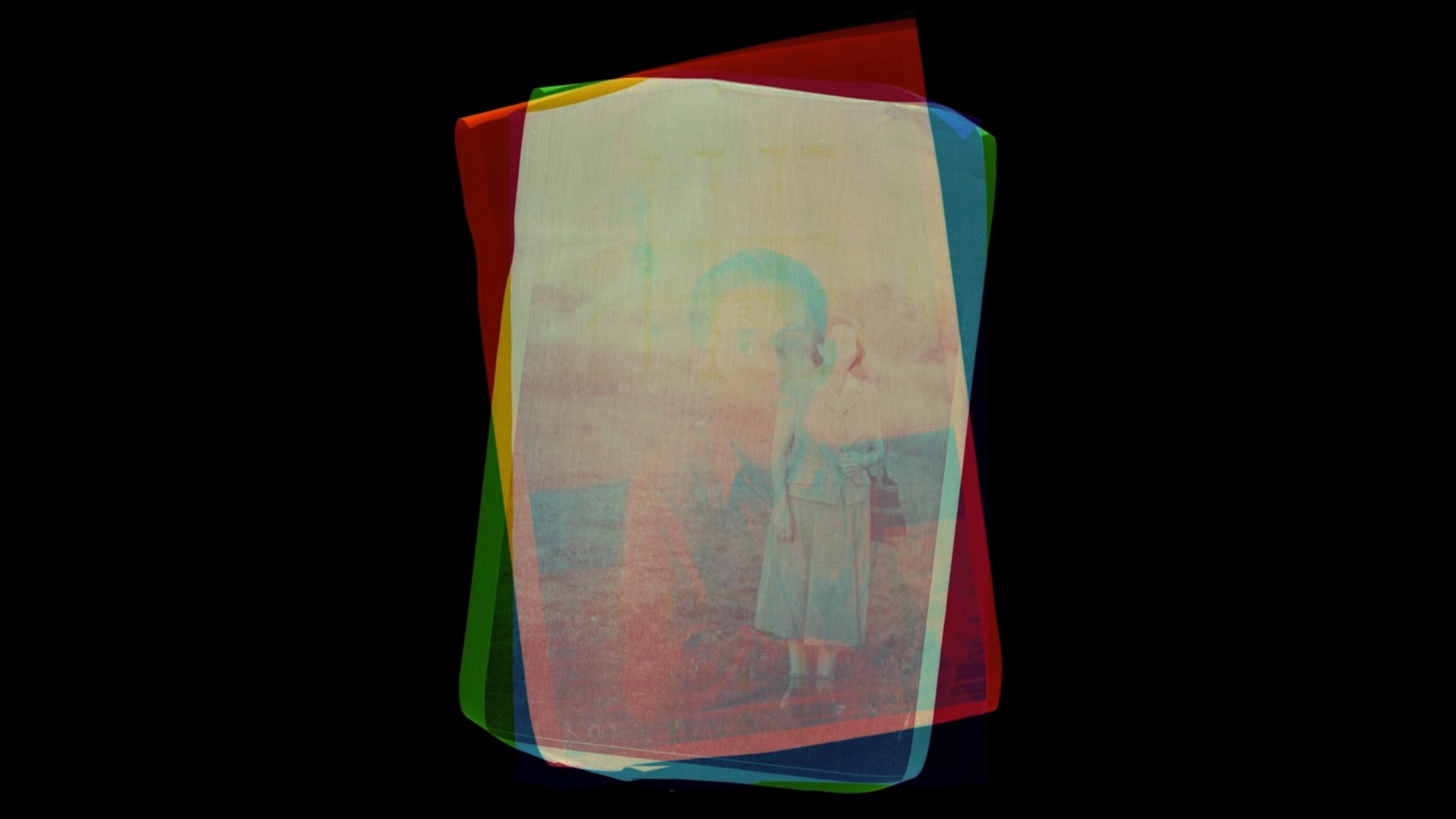Artists: Sári Ember, Marcell Esterházy, Péter Puklus, Flóra Judit Schuller, Kata Tranker
Curator: Lili Horváth
Hungarian National Gallery, Budapest – building A, ground floor
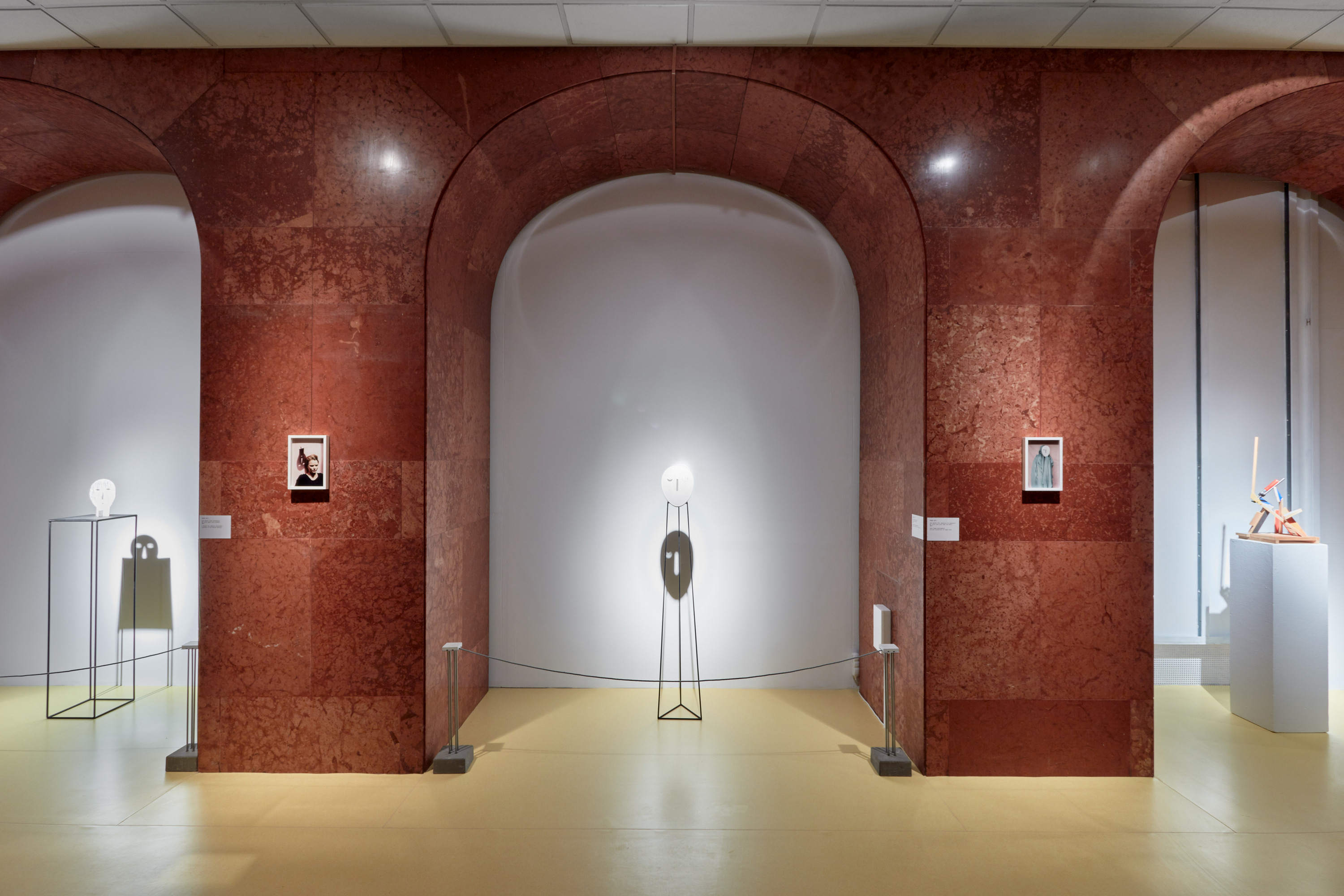
The Hungarian National Gallery announces the next event of its temporary exhibition series of contemporary art, which accompanies and reflects upon the Fortepan exhibition. The new display shows works by young and mid-generation artists with profound impact on not only the Hungarian but the international scene as well and who all place either their family archive or the memory work itself in the center of their oeuvre.
The exhibition highlights the change of perspective that privileges an introspective point of view instead of the general pathos of collective memory or the retrospective normativity of old photographs. These contemporary works focus not on the individual subject lost in time, but on the time located in an ever-changing subjectivity; not on the act of recording the ephemeral memories or the struggle against mutability, but on the possibility of exploring and visualising memories and the process of subjective remembering that these memories are involved in.
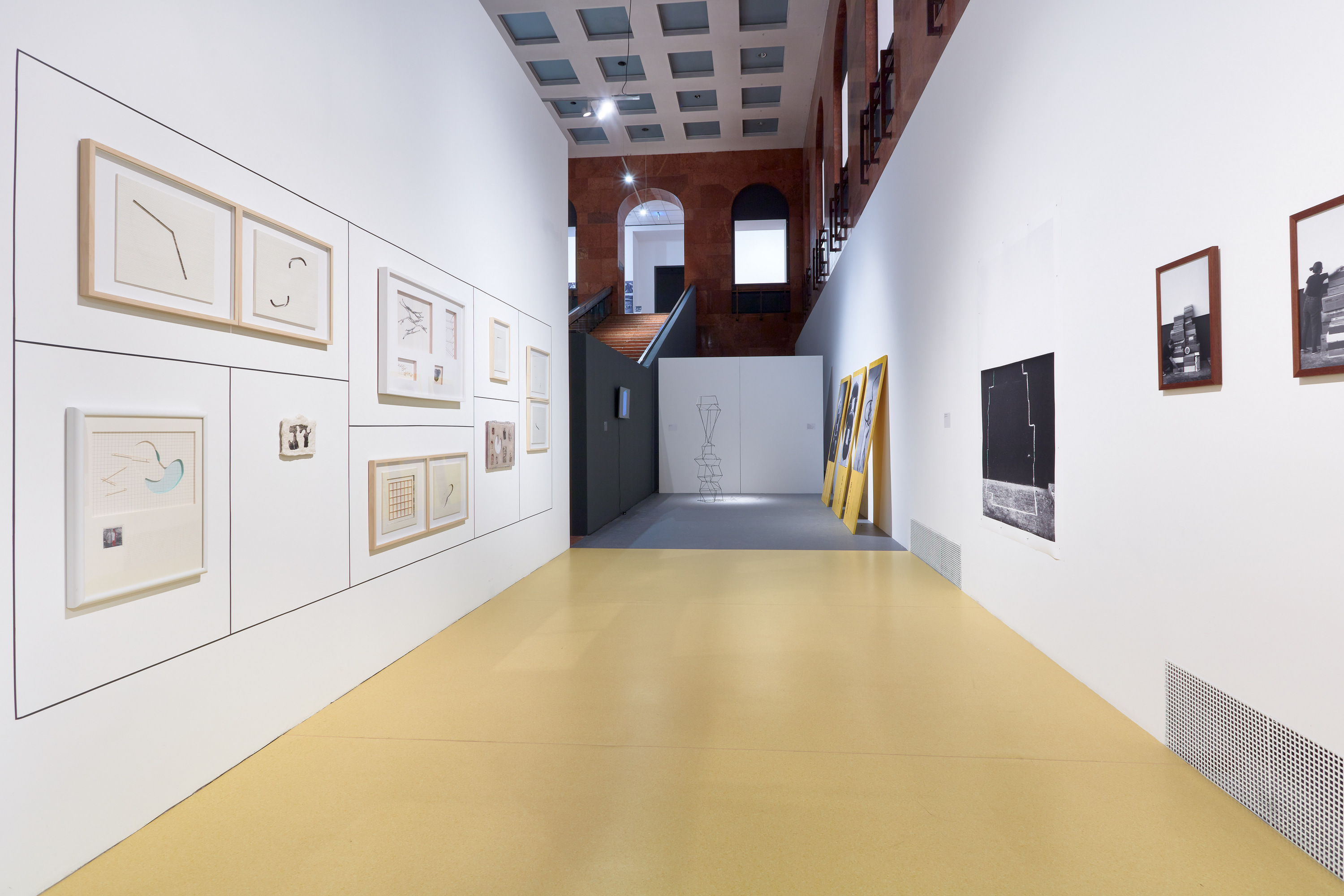
The difference between this kind of active, interpretative memory and the one conditioned by photographic images (the latter of which virtually has replaced the individual form of memory) we can identify as a fundamental paradox. The title of the exhibition reflects upon the critique of the rapid act of viewing enabled – and in some sense: limited – by the camera device. The early nineteenth-century technology was meant to aid the temporal process of drawing, and – unlike the camera obscura, the predecessor of our modern digital single-lens reflex cameras – was not primarily used for mechanically reproducing reality. The exhibited contemporary works, which are based partly on vectoral or technical drawings, similarly take subjective memory as a temporal, conscious act of creation, and apart from misusing or altering photography, they have the gesture of drawing and circumscribing as a recurring motif. Inspired by the Bergsonian indivisible time as well as the ontological questions of photography, the exhibition places the constructive nature of memory in the spotlight: the medially different artistic positions shed light on the structure of memory from different angles and display the intuitive connection between the empirical facts and phenomenological images. As a way of reflecting upon this cognitive process, the symbolism of architecture permeate the visual matter of the exhibition on various levels.
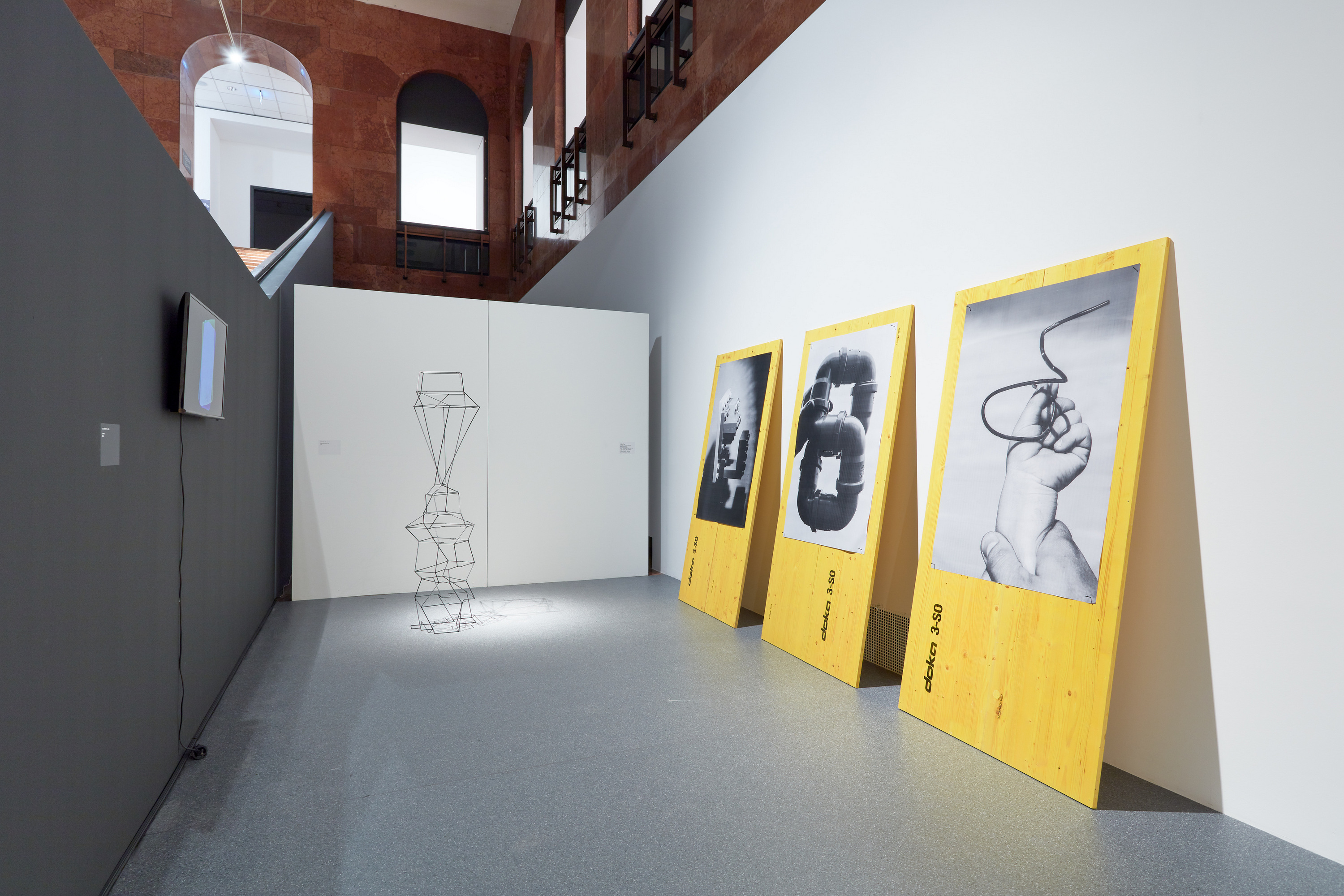
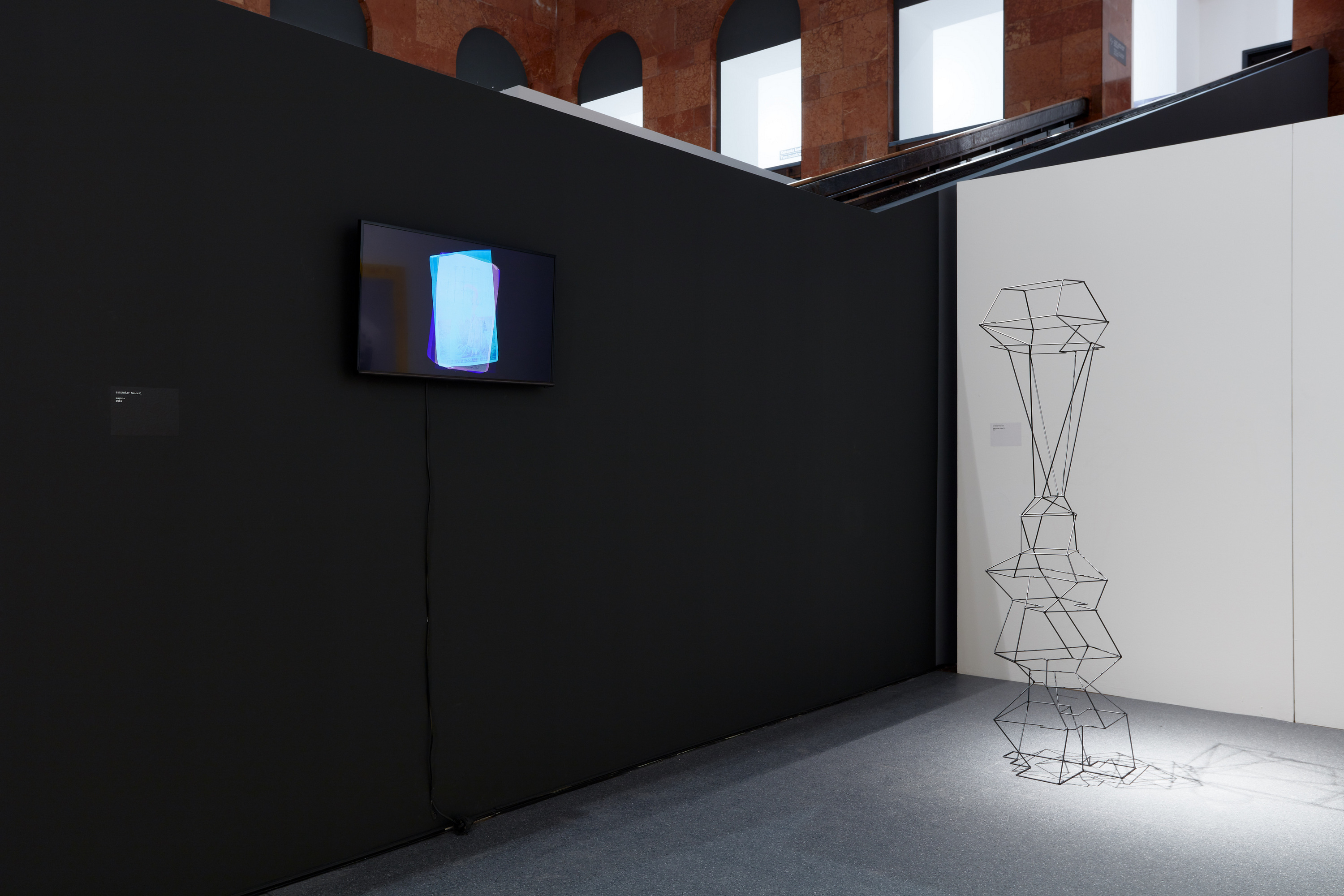
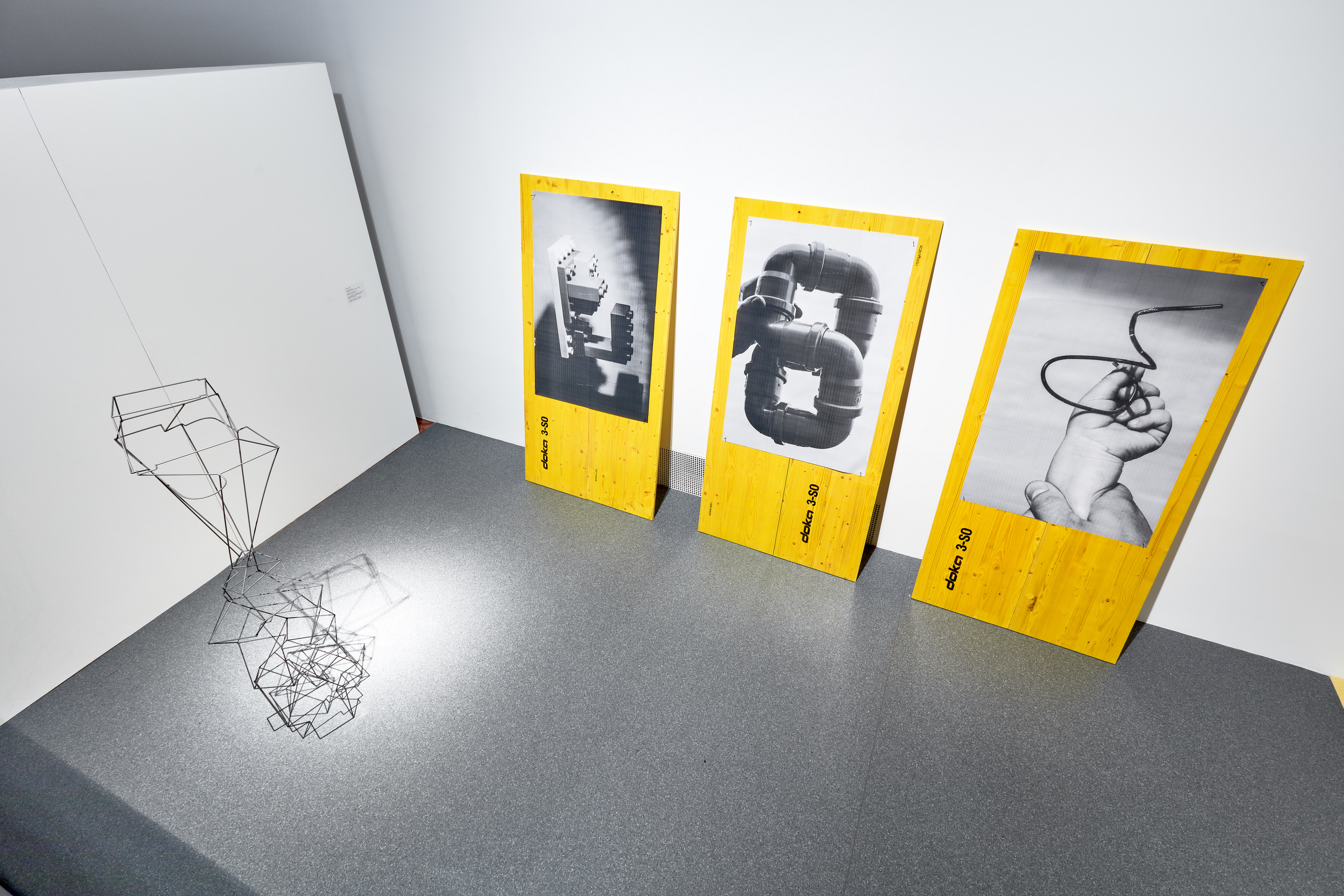
It is peculiar about these contemporary works that instead of compressing time into a visual moment, their very visual content and temporality takes up independent meaning – as if by stepping into the exhibition space, one would bump into the relics of a hypothetic chrono-fenomenological research. Not unlike a Tarkovsky movie: the exhibition deprives time from its dramaturgical objectivity, leaving the visitor alone with time itself.
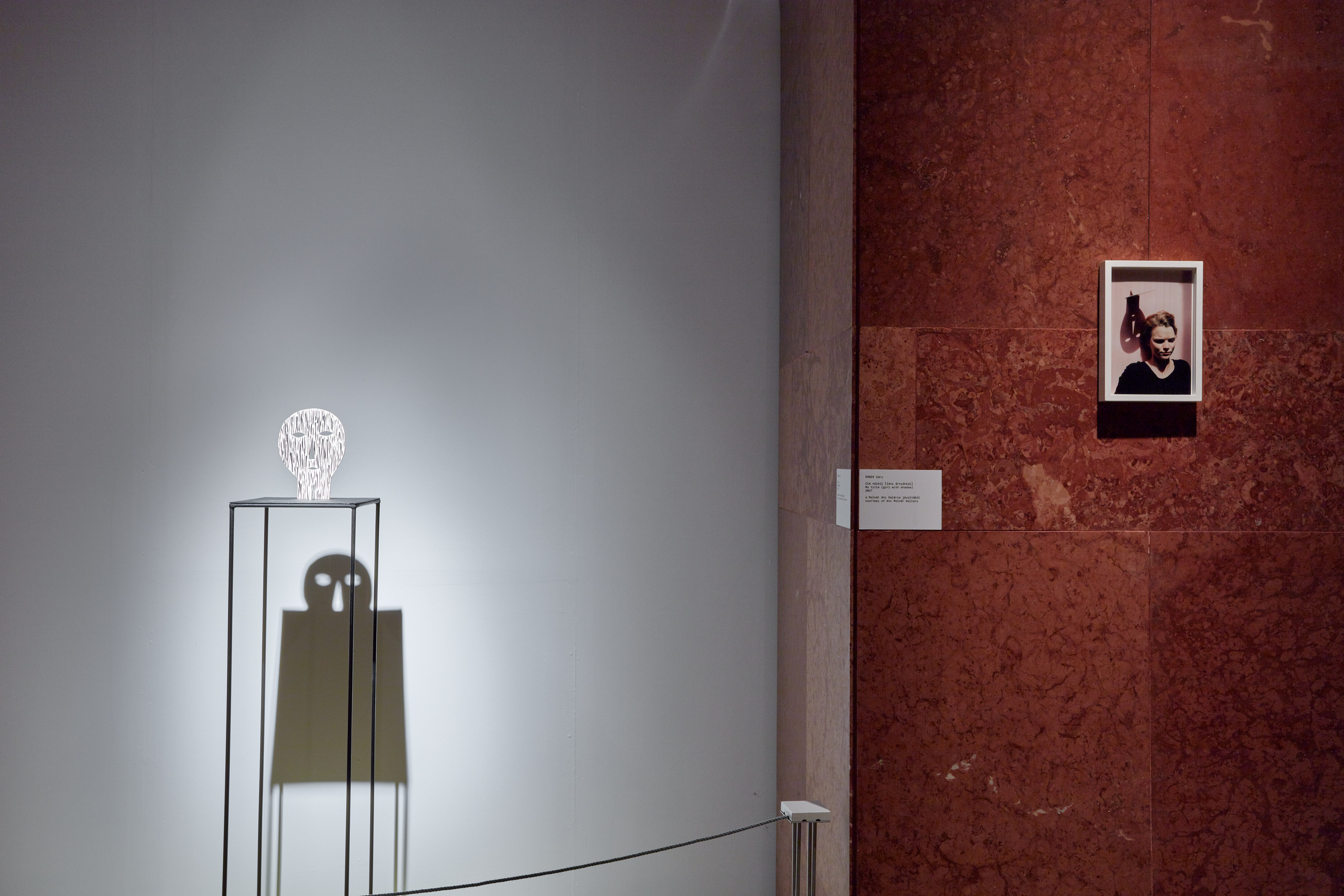
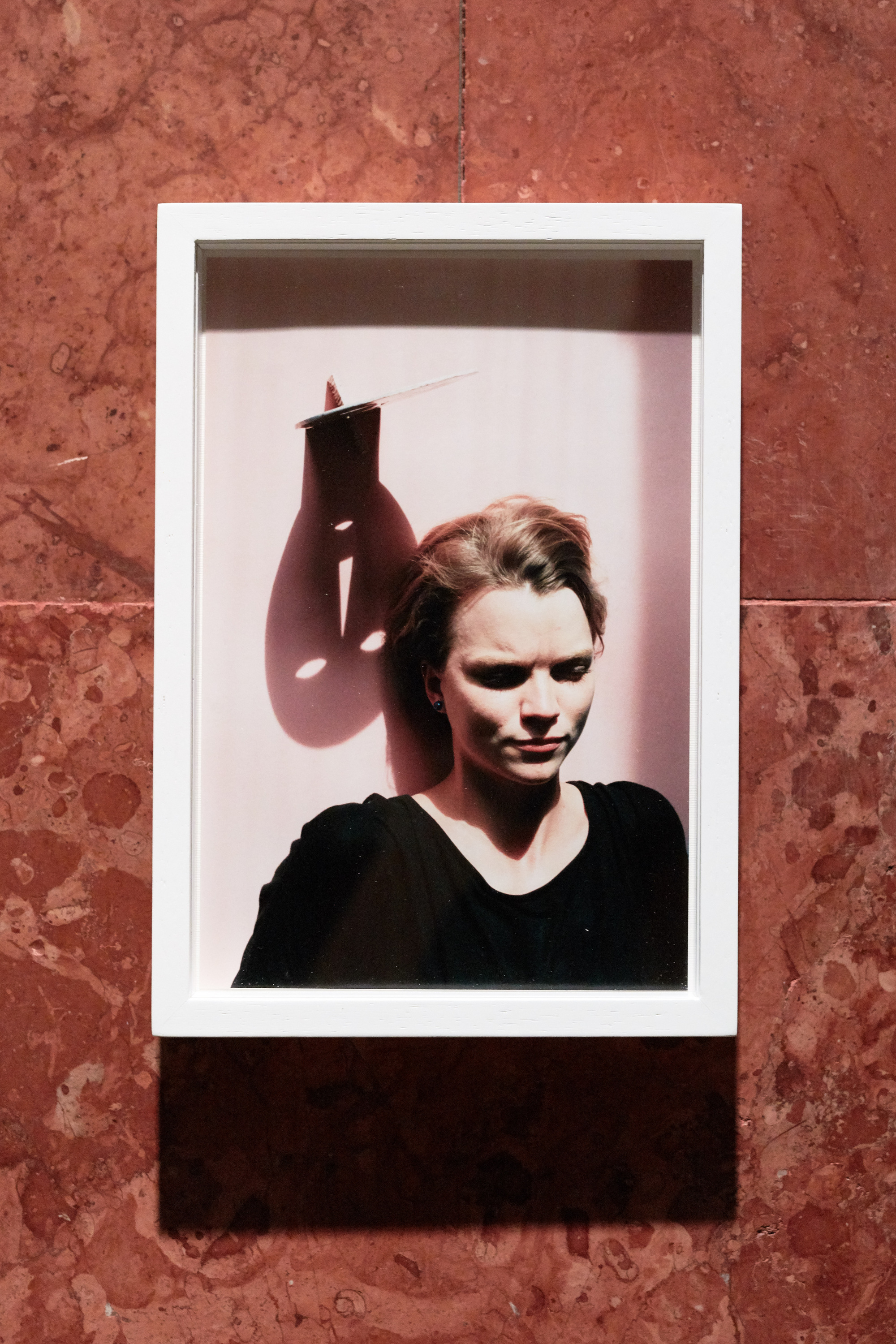
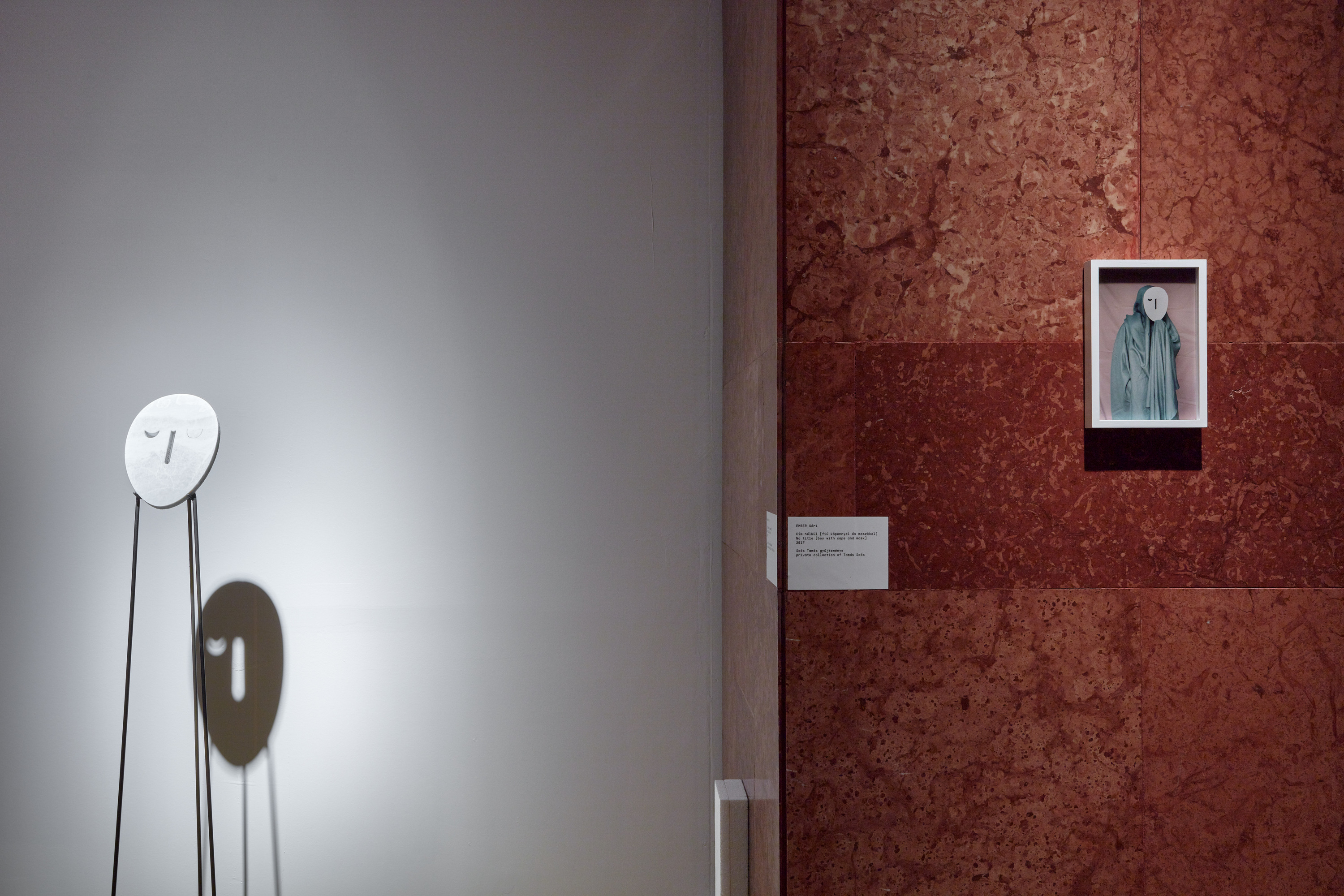
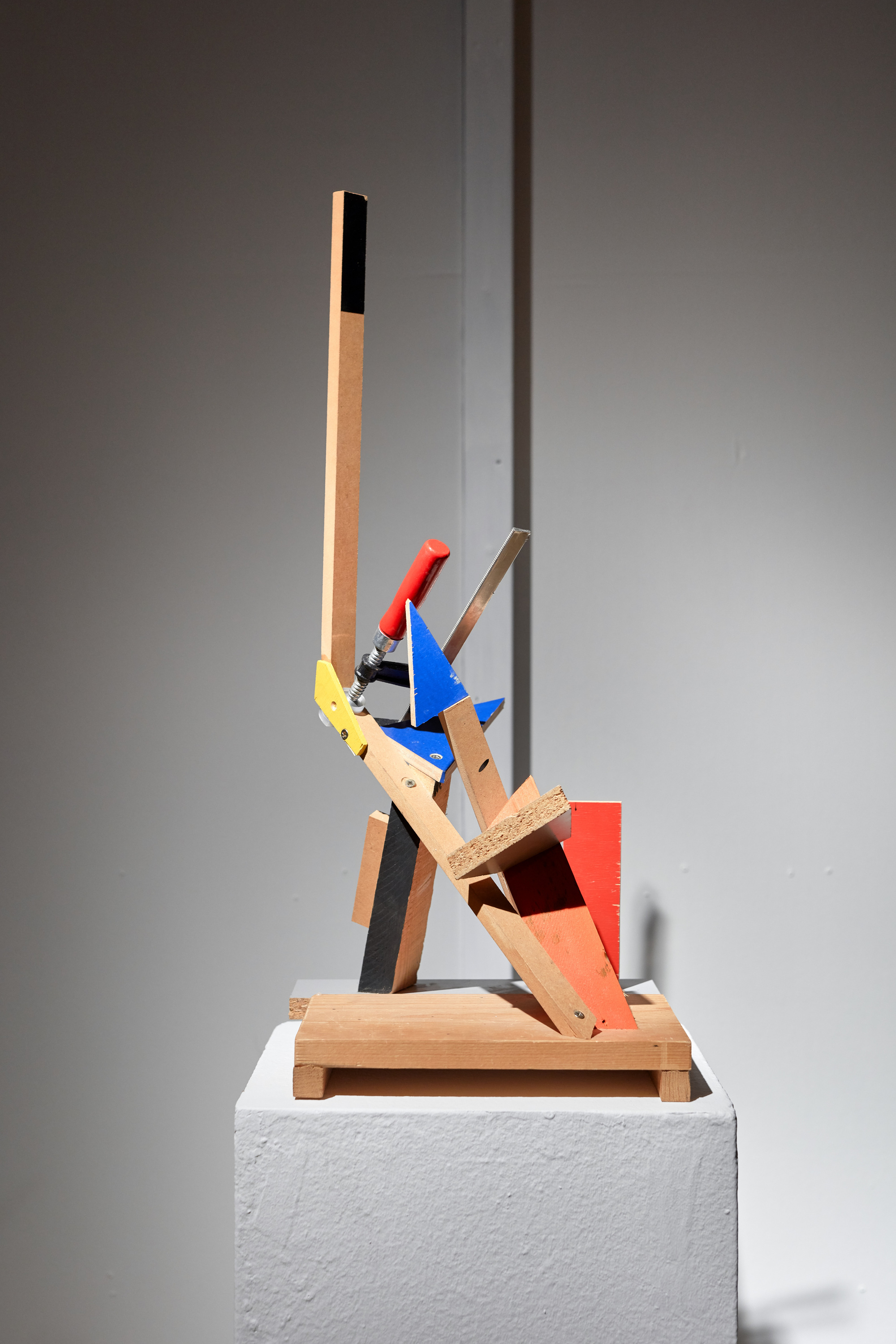
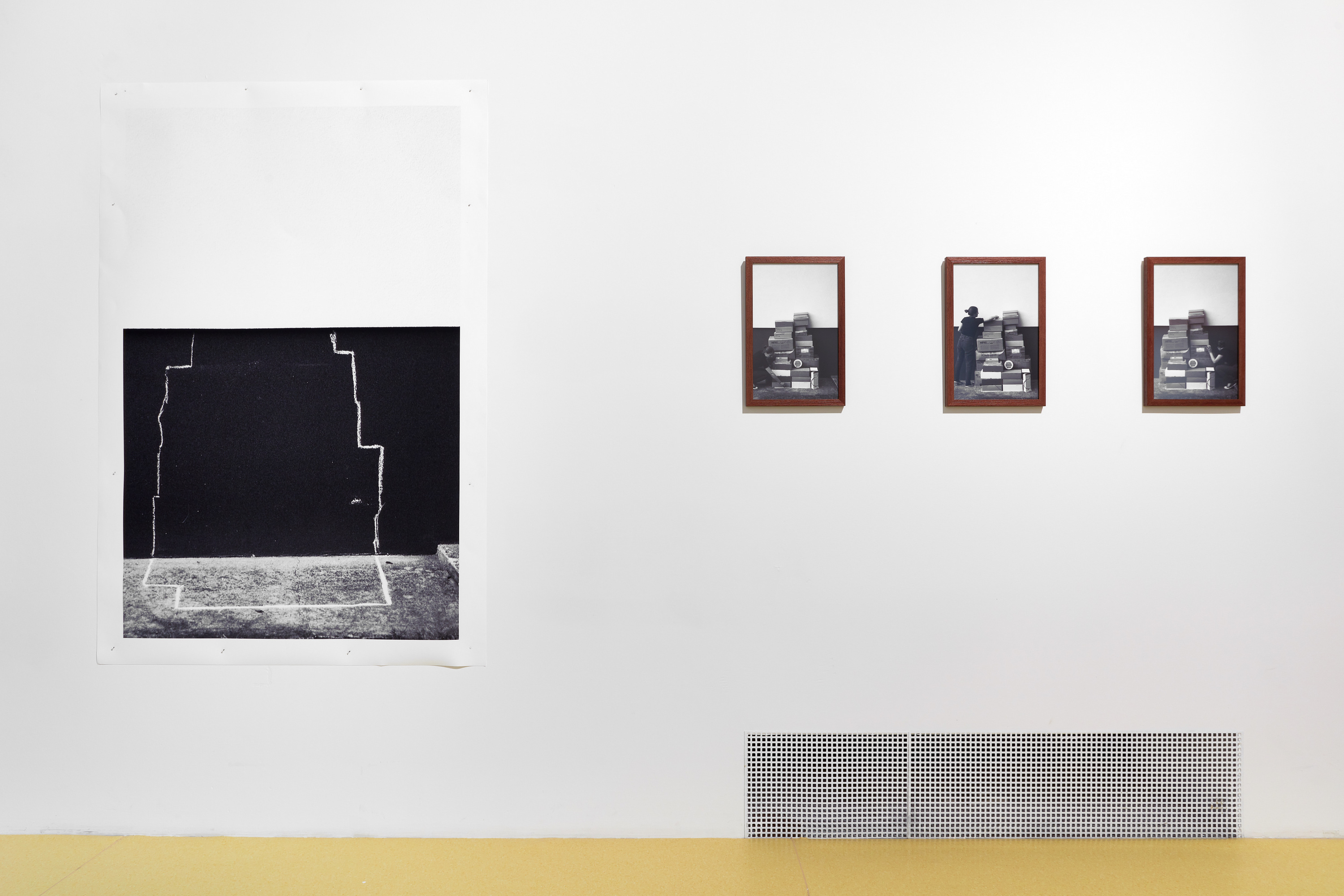
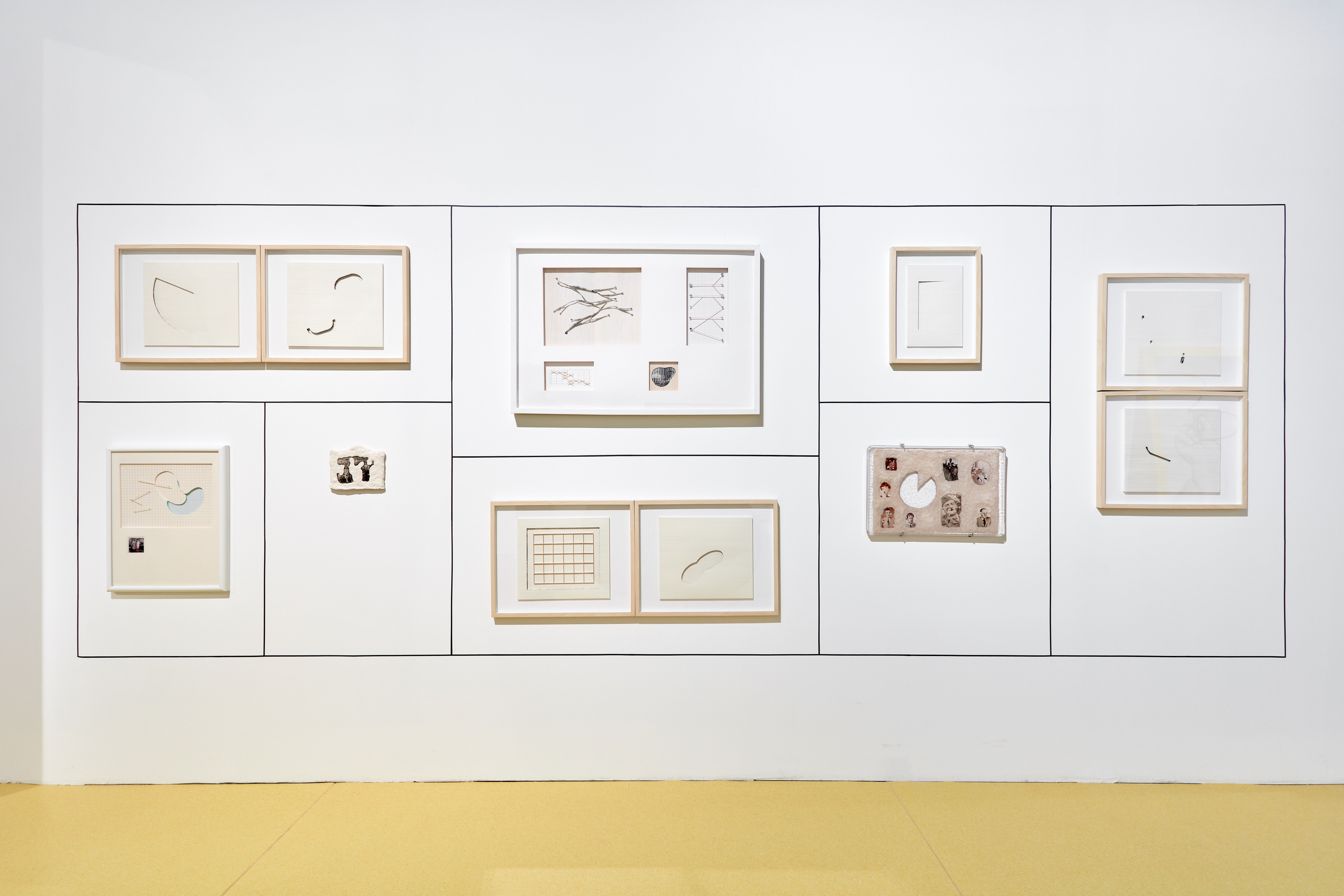
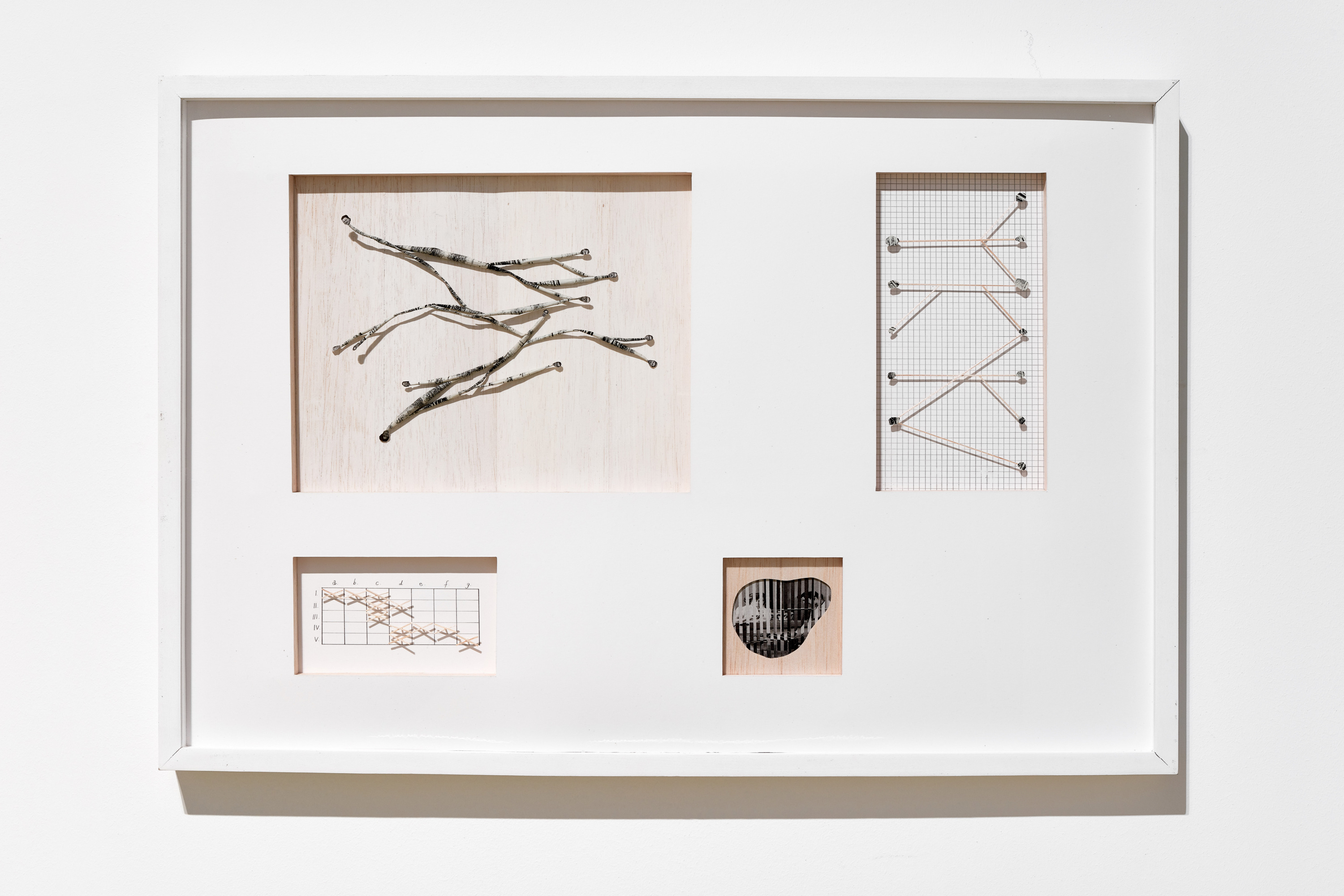
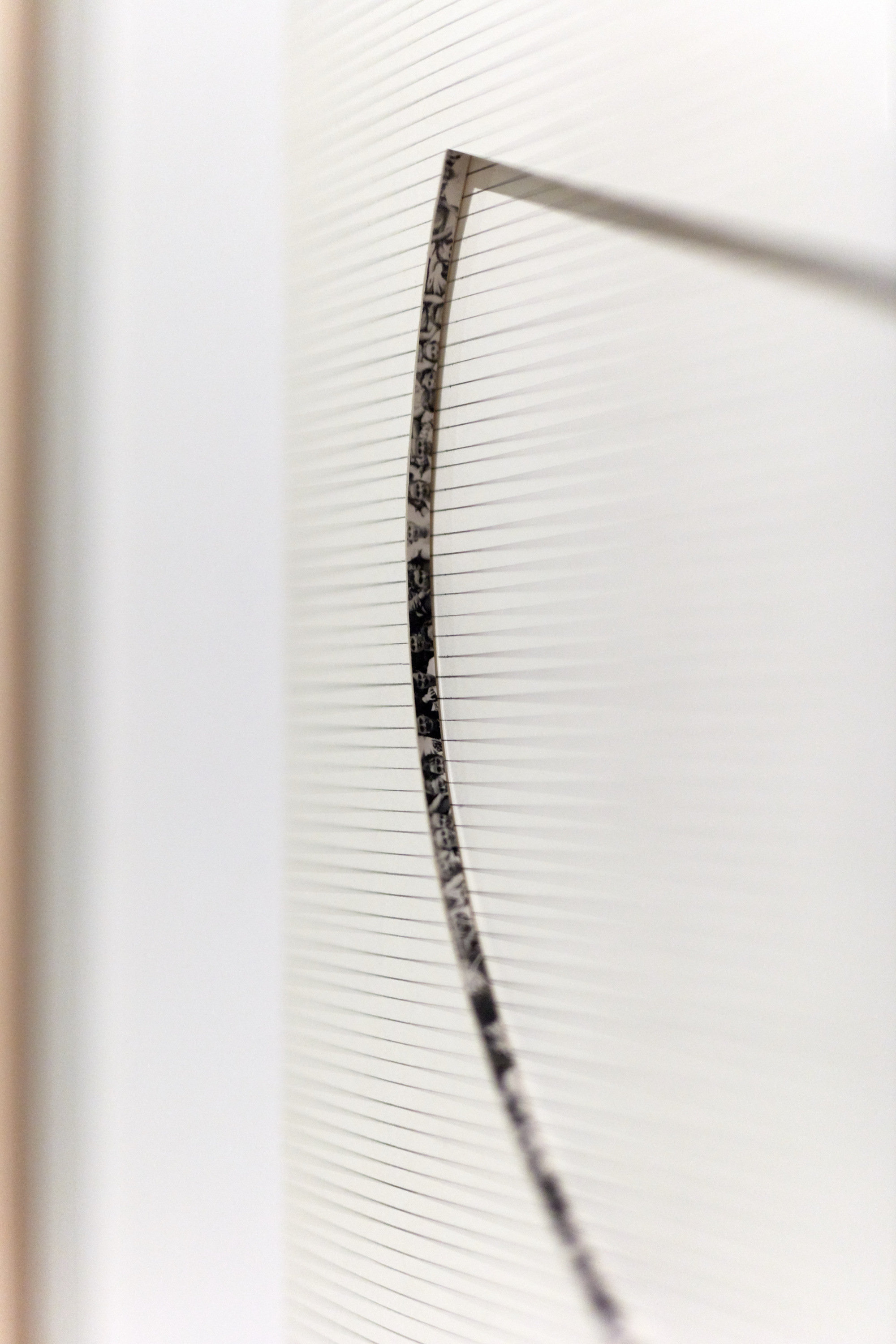
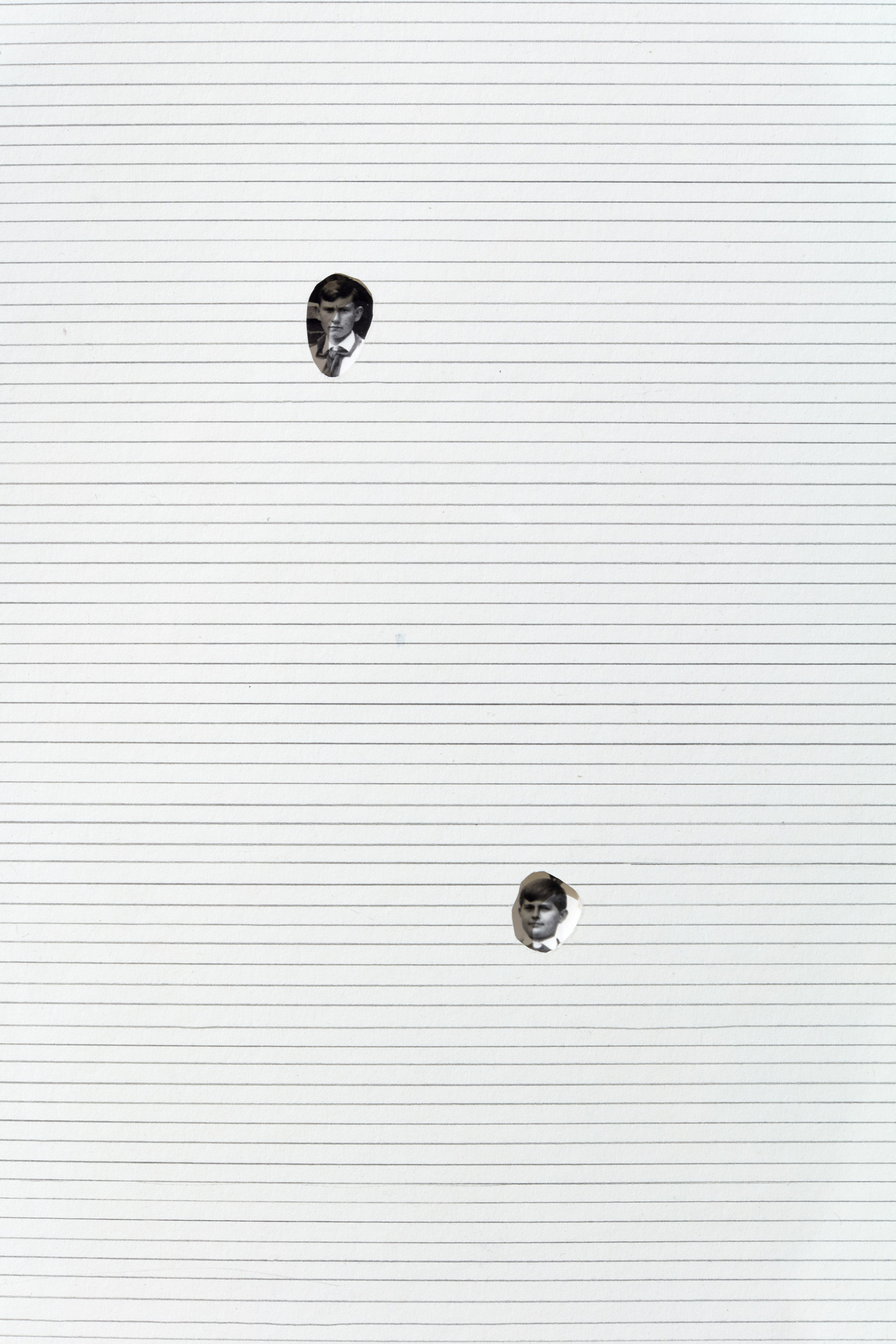
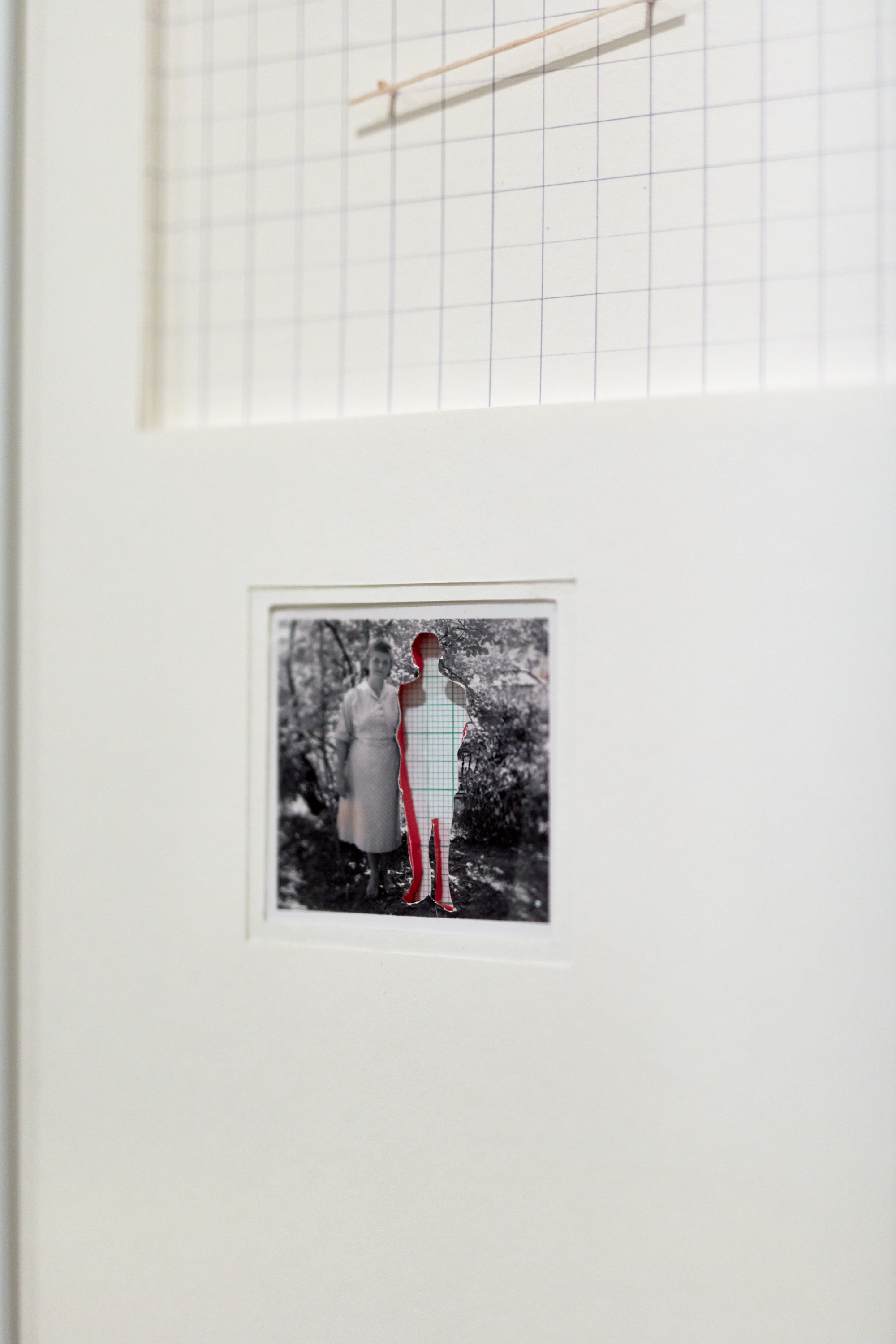
Photos: Dávid Biró
